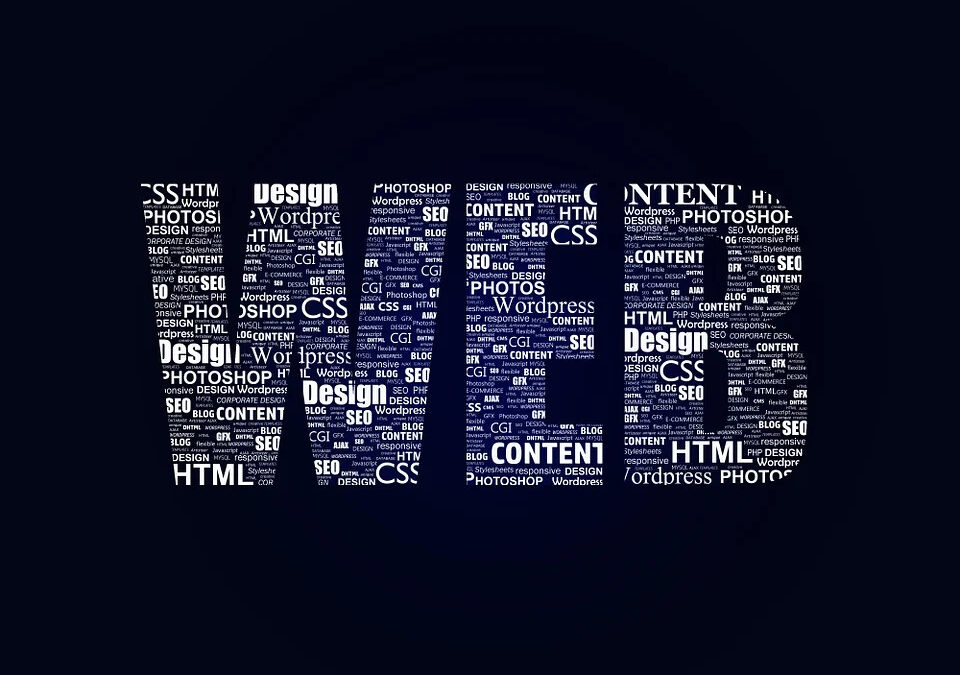Website designing is the most important aspect of web development. Without a proper and clear web design, your website would not get much attention or even if people visit your website, they would not understand where to go, what to click or what is the purpose of your website. This way you will lose your web traffic, negatively impacting your website’s ranking. So proper and clear web designing is also important for the SEO process of your website.
You can design your website in many ways. There are no set rules or regulations as such that you need to follow, it all depends on your creativity. Websites can be classy or modern, minimal or playful, vibrant and colorful and so on. Ultimately, the final look and feel should convey your personal style, the brand’s identity and the website’s intent to the people visiting your website. Though there aren’t any rules, there are certain tips and tricks according to expert web designers that you can keep in mind while designing your website which can be helpful to make your site beautiful and attractive.
Clutter Free Homepage
The homepage is the most important part of your website. It can also be called the landing page as this is the first page that a visitor sees when they come to your website. Many beginners make the mistake of giving every information and options on the homepage making it look very cluttered. If you add every element on a single page, it gets very distracting and visitors get confused about where to look and what to do. Your homepage should be clutter free and clear, using ample white spaces and should contain only the necessary options. Visitors do not usually go through each and every piece of information. Your website design should be in such a manner that visitors get the idea and necessary information just by doing a quick scan of your homepage.
Visual Hierarchy
Visual hierarchy refers to the use of different visual elements like font size and placement according to the importance and necessity so that it guides the visitors’ attention to certain elements which you want them to interact with. For example, you can make your business name and logo bigger and bold with prominent colours so that it grabs your visitors’ attention. You can also use different web layouts according to your needs to lead the attention like placing your logo at the top center or putting a important call-to-action button in the middle of the screen.
Readability
Readability refers to the easy recognition of texts, words and sentences of your website. The higher the readability of your site, the easier it will be for visitors to do quick scans of your pages and take in the information. Increasing your website’s Readability is very easy. You just have to keep these points in mind:
- Contrast – You have to make sure there is contrast between the text color and the background color. If you have a bright background, use dark color texts against it and vice-versa. This way your texts will be clear to read and won’t get mixed with the background.
- Text Size – Bigger texts are easier to read than smaller texts. Make sure you put up the important content of your website with bigger text so that it is easier to read. Bigger texts also help to grab the attention of your visitors.
- Font Style – Make sure to use a clear font style. There are numerous unique font styles available at your disposal. Some are cursive, some are bold, some are straight. Be sure to pick the style that matches your website design the best and most important of all be sure that it easy and clear to read. Generally it is advised to avoid using cursive style fonts.
Navigation
Navigation is another important aspect that you need to take care of. You do not want your visitors to search your whole website for what they need and waste their time. There should be link options and call-to-action buttons strategically placed within the website so that visitors can quickly and easily navigate between the different pages and links of your website. It should be effortless. Small things like – linking your homepage to the logo, easy to find menus, or adding ‘back to top’ button at the bottom a page, goes long way to make the user experience better.
Responsiveness
Responsiveness refers to how well your website is responding to different platforms and screens. In the age of smartphones and tablets, today most people browse the internet through their phones and tabs. While designing your website you should keep this in mind and test to see how your website is working in smaller screens. Even computer monitors have different sizes and shapes. Your website should be absolutely ready and adaptive to the different screen sizes.
Website designing solely depends on the creativity and needs of the website owner. There are really very small differences between a good and a bad website. We hope the points we discussed today helps to you find those differences and gives your website the bump you need.


